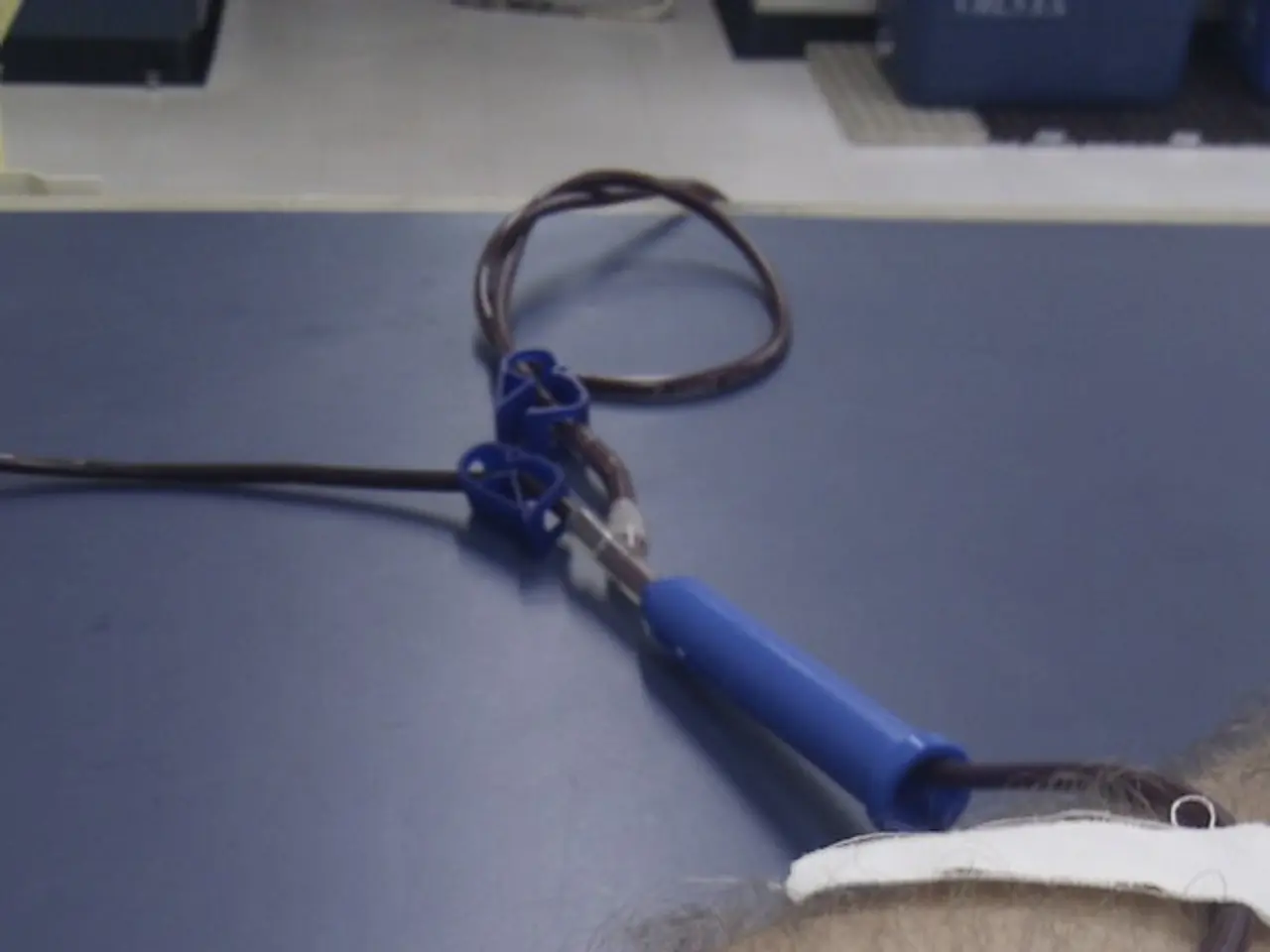Retromandibular Vein Variations Affect Facial Surgeries
Anatomists have discovered variations in the course of the retromandibular vein, which could impact facial surgeries. This vein, a branch of the jugular veins, divides into anterior and posterior branches, with potential differences between the right and left sides of the face.
The retromandibular vein originates from the union of the maxillary vein and the superficial temporal vein in front of the ear. It splits into two branches: the anterior and posterior. The anterior branch heads forward to meet the anterior facial vein, forming the common facial vein. Meanwhile, the posterior branch joins the posterior auricular vein to become the external jugular vein.
Researchers like Tubbs RS, Salter EG, Loukas M, and Clarke P have studied these variations on cadaver specimens, publishing their findings in anatomical and surgical journals. Their work highlights the importance of understanding potential differences in the retromandibular vein's course between the right and left sides of the face, as it can affect surgeries involving the retromandibular vein and facial nerves.
Understanding the variations in the course of the retromandibular vein is crucial for surgeons planning procedures near the face. The anterior and posterior branches of this vein can have different paths on either side of the face, which could influence the success and safety of operations involving the retromandibular vein and facial nerves.




